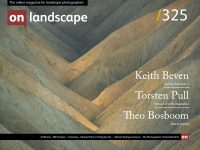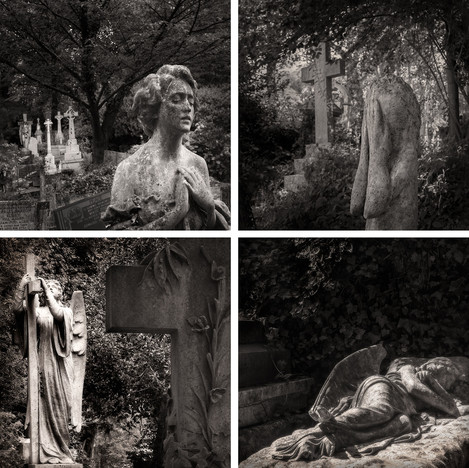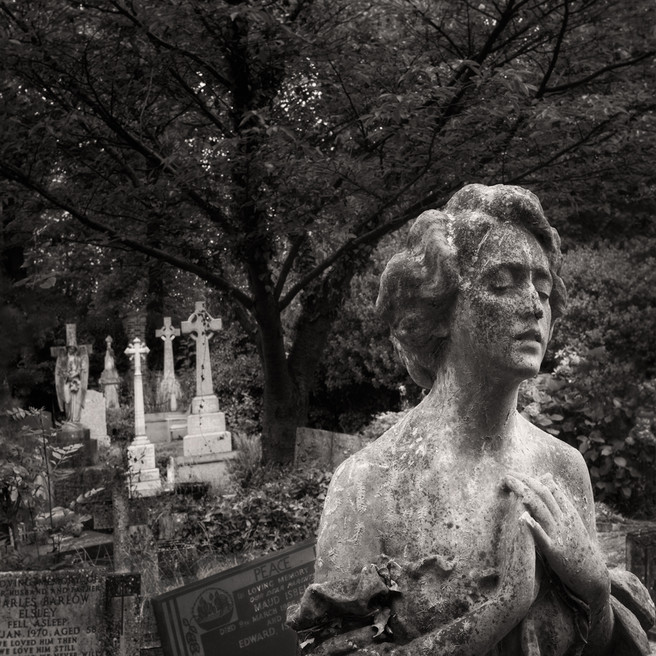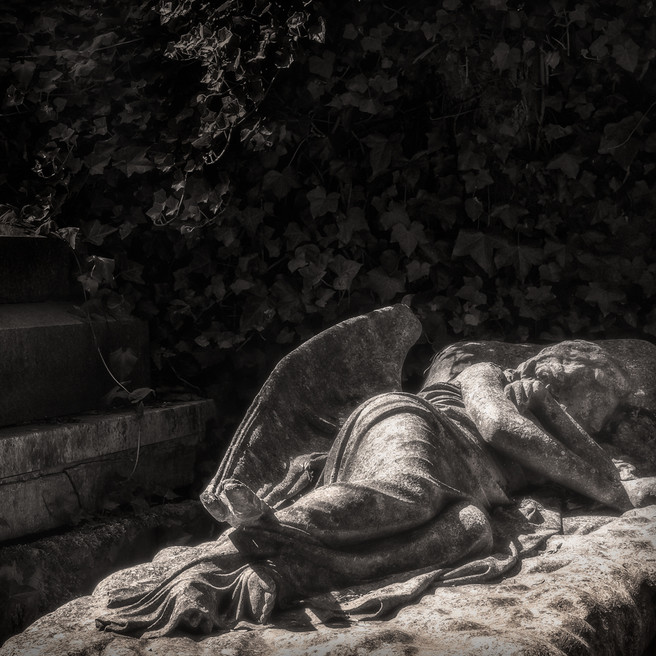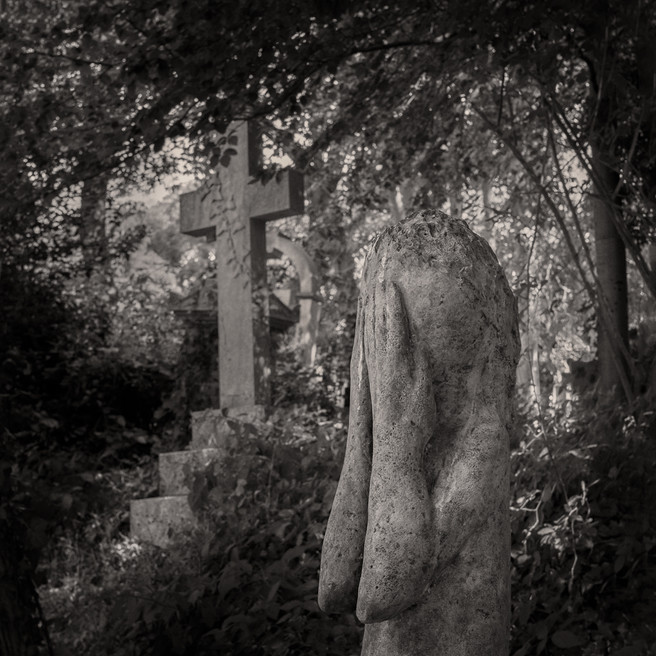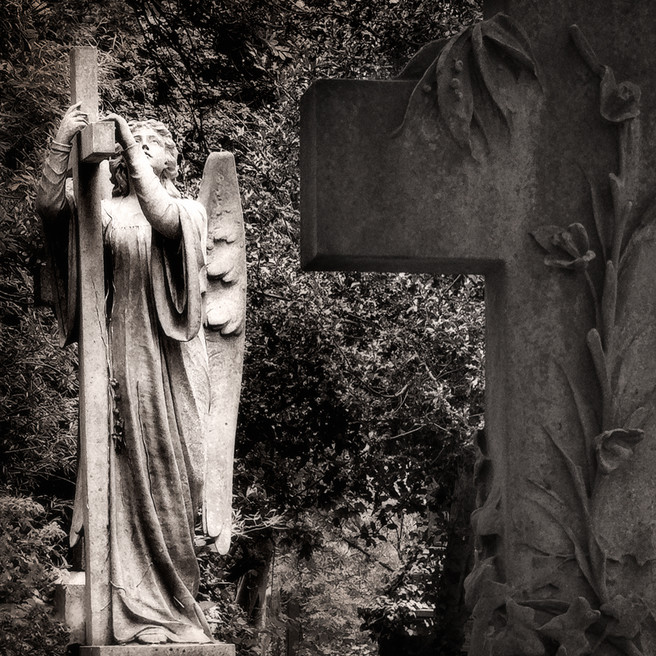Katherine Keates

Katherine Keates
A photographer for many years, Katherine’s love of photography has led her to explore many avenues within the art and craft of photography both at home and abroad. She has explored, photographed, and written about places she has traveled worldwide.
Katherine strives to present her unique vision and apply an artistic approach to her photographic work. She actively seeks the magic in the mundane and loves to tell a story with her images.
Her images have won awards in the BBC Wildlife Photographer of the Year competitions, Epson International Pano Awards, Px3 (Paris), Female Eye Film Festival, Travel Photographer of the Year, RMG Exposed, Chasing the Light and more.
katherinekeatesphotography.com
When exploring the urban landscape, one can sometimes stumble upon a treasure trove of possibilities. It was a happy accident when the apartment I rented for a brief stay in London with another photographer friend just happened to be a stone’s throw from the famous Highgate Cemetery.
Notable for its illustrious ‘inhabitants’, this sprawling but crowded cemetery was once considered London’s creepiest cemetery. However, it is also a lush and somewhat untamed nature reserve. Crawling with vines and brambles, the ancient tombs, expressive statuary, and tilting lichen covered headstones seem to reach through nature’s tangled web in search of the light of day. It simply begged exploration.
Electing to give myself a very special assignment before I left home, I bravely committed to taking one camera on this trip to London, and one fixed 25mm lens (equivalent to 50mm full frame] leaving all other equipment in Toronto. Additionally, I chose the strict criteria of setting my camera to square format and monochrome and not changing it. Little did I know how profoundly important this self-assignment would become.
Forced to photograph with strict, self-imposed limitations, I was nudged into finding perspectives I never would have considered. As I slowed myself down, I let my curiosity control my creativity. It became far more physical to move around the vegetation and statuary in search of a composition and to position myself exactly where I needed to be. It took time and grounded thought to carefully compose, absorb the bizarre ambience, decipher the faint and weathered epitaphs, and feel the mood of the moment. With this new approach, I unexpectedly connected quite intimately with my subjects and developed a deep, surprisingly powerful relationship with them. I still reflect back on the collection of images from this project as denoting a critical turning point for me in ‘seeing’.
I am a staunch believer in projects. This particular one took my photographic experiences to new personal heights and depths, which carried itself throughout the entire trip. First, I was able to travel overseas with a simple and single carry on bag which allowed me to relax emotionally and physically into the travel. But more important, by not packing more than one lens and one body plus committing to a monochrome setting from the very start, I honed my practice down to the bare essentials and successfully crossed the hurdle of needing every piece of equipment in my bag. I was totally freed from decision-making stress and the burden of cumbersome equipment. This allowed me to work my craft with what I had, physically and metaphorically, with no regrets.
I don't always photograph this way but the valuable lessons it taught me cannot be learned in any workshop or seminar. I challenge everyone who is hopelessly hooked on their gear, to simply ‘let it go’. And, if you take the challenge, I would love to hear about it.

